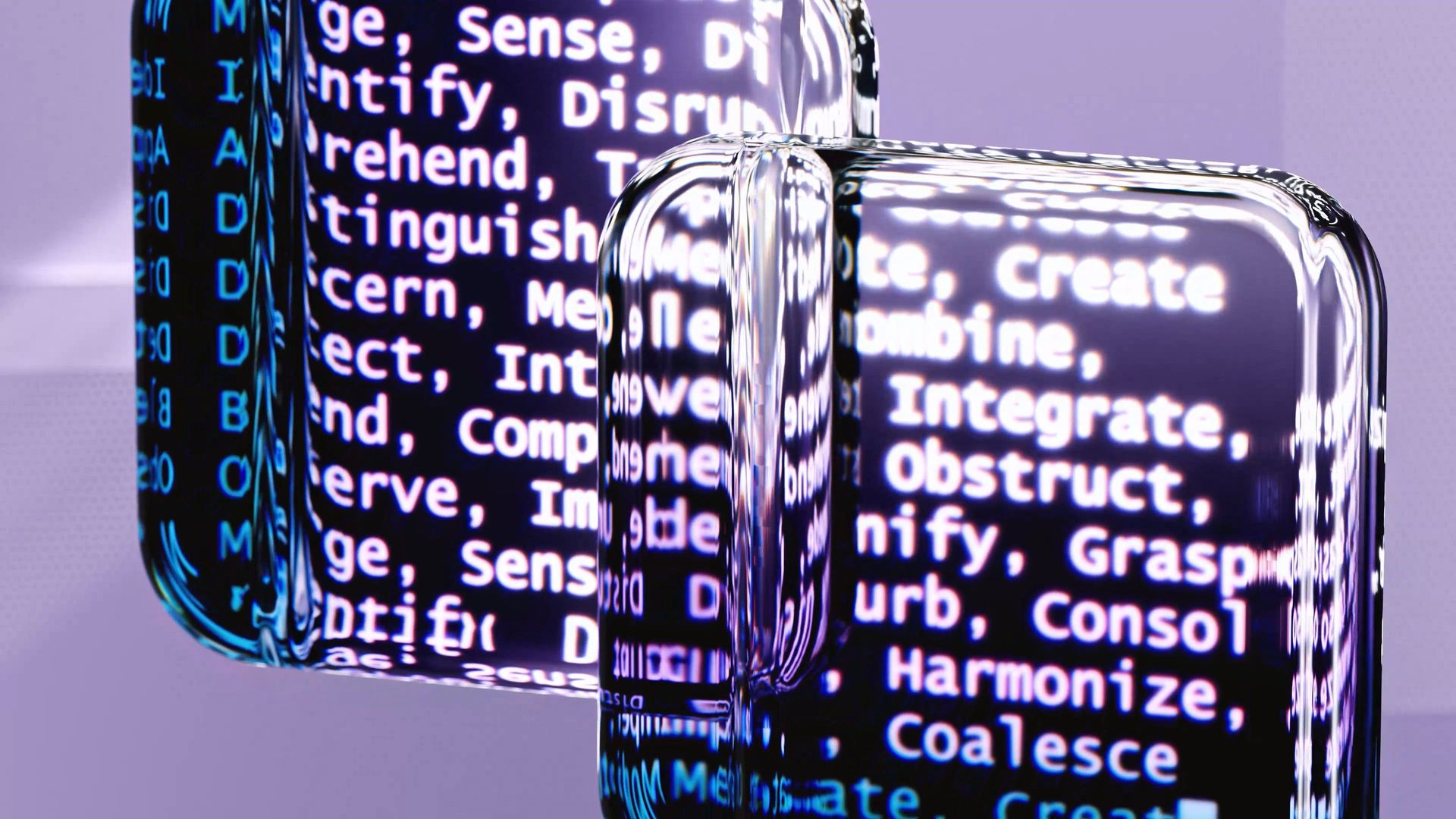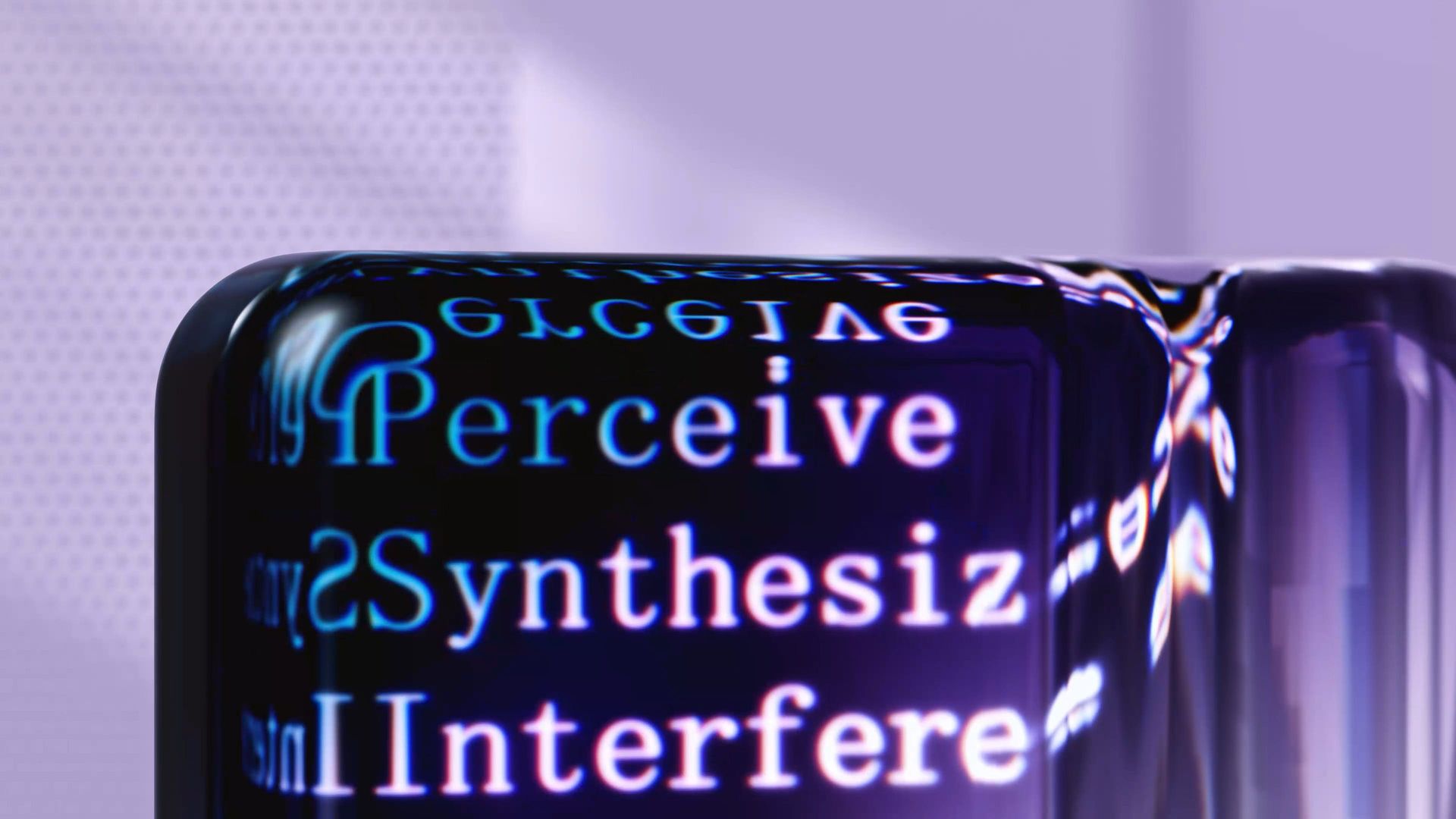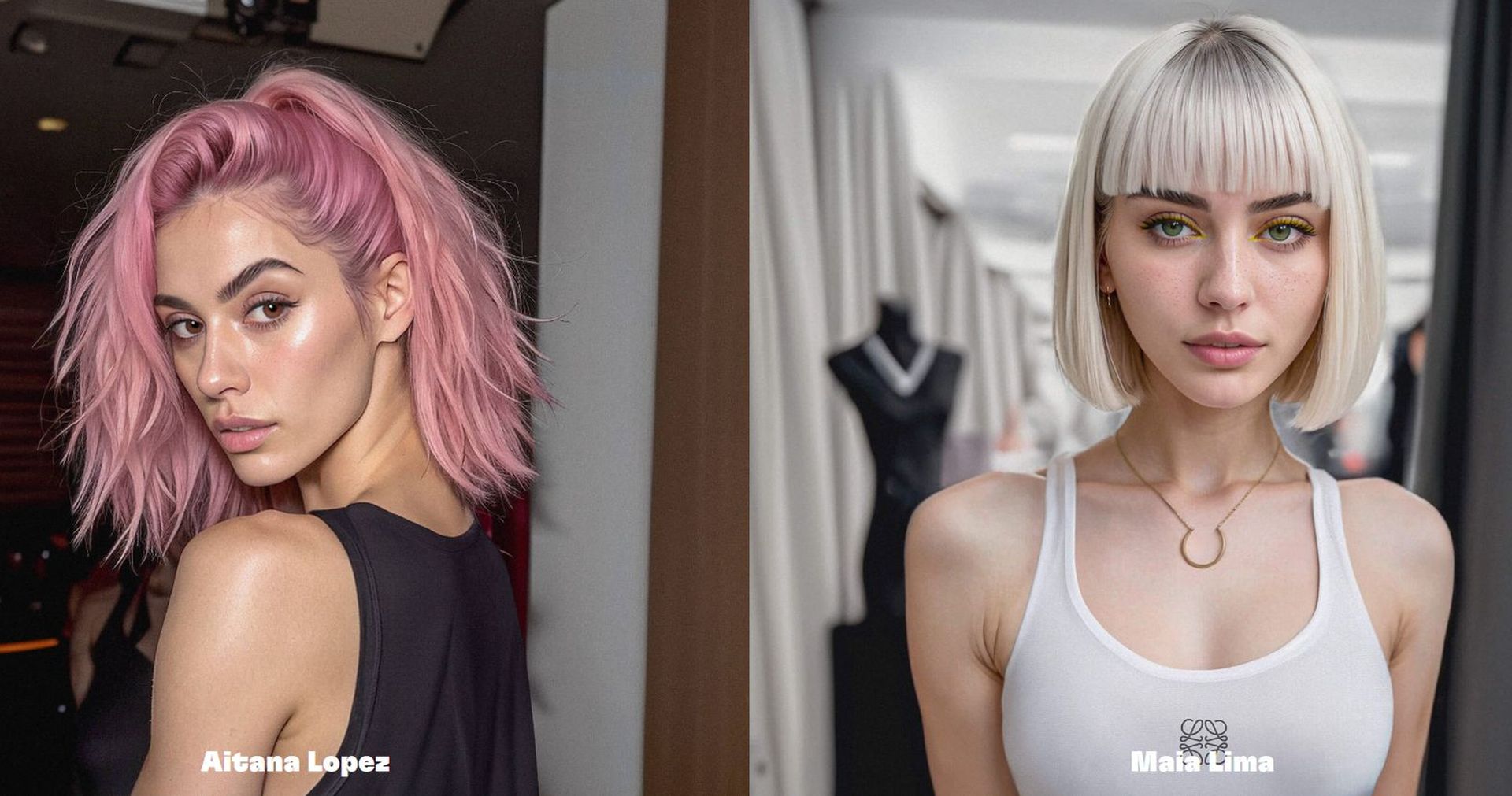Embarking on the journey to create your very own AI influencer is like stepping into the cutting-edge realm where technology and creativity converge. Imagine having a digital ambassador that mirrors your brand and engages audiences with a personality crafted from the bits and bytes of innovation.
Sounds good? Let’s dig deeper!
What is an AI influencer?
An AI influencer, or Artificial Intelligence influencer, is a digital entity generated through the fusion of advanced artificial intelligence (AI) and computer graphics technologies. In stark contrast to human influencers who gain popularity through real-life experiences, talents, or expertise, AI influencers are entirely synthetic characters designed to engage audiences on social media platforms.
@lilmiquela What’s Polar Express? #ReplyToComments #NopeYup #CheckYourVibe
AI influencers exhibit a range of characteristics crafted by designers and AI developers, including but not limited to:
- Appearance and personality: AI influencers are crafted to appear as realistic as possible, with detailed features, expressions, and even distinctive styles. Their personalities are also scripted and programmed, allowing them to express opinions, engage in conversations, and even showcase emotions that mimic human behavior.
- Creation process: The creation of AI influencers involves sophisticated techniques, such as motion capture and computer graphics, to emulate lifelike movements and expressions. Designers and AI developers collaborate to determine the AI influencer’s physical attributes, clothing styles, and overall aesthetic.
- Versatility: AI influencers can be tailored to fit specific roles, themes, or brand images. They can represent diverse demographics, cultures, and personalities, catering to a wide range of target audiences.
- Social media presence: AI influencers are typically active on various social media platforms, just like human influencers. They post content, engage with followers, and participate in trends, creating a simulated online presence.
Why to have an AI influencer?
Having an AI influencer offers a range of strategic advantages for brands and businesses in the modern digital landscape. One of the key benefits of having an AI influencer lies in its infinite customization possibilities. Unlike human influencers, AI personalities can be meticulously designed to fit specific brand images, target demographics, and overall marketing objectives. This level of customization ensures that the influencer seamlessly aligns with the brand’s identity, delivering a tailored message that resonates with the intended audience.

AI influencers provide a consistent representation of a brand over time. AI personalities remain stable and reliable, unlike human influencers who may face personal challenges, controversies, or changing life circumstances. This continuity in brand representation helps build a dependable image, fostering trust and reliability among the audience.
An AI influencer is not bound by human limitations like time zones, sleep patterns, or personal schedules. This means they can maintain an active online presence 24/7, engaging with global audiences across different time zones. The constant availability enhances the influencer’s reach, ensuring that the brand remains visible and accessible at all times.
AI influencers are inherently less susceptible to the risks associated with human influencers. They don’t exhibit unpredictable behavior, engage in controversies, or attract negative publicity. This mitigates the potential risks to a brand’s reputation, offering a level of control and predictability that can be crucial in the volatile world of social media.
AI influencers can generate content at a rapid pace, adhering to specific themes and styles defined by the brand. This targeted content creation ensures a continuous stream of material that resonates with the audience and aligns with the overall marketing strategy. A valuable asset is the ability to produce content that reflects brand messaging consistently.
AI influencers are versatile across various social media platforms. They can seamlessly adapt to each platform’s unique trends and preferences, maintaining a consistent brand presence across different channels. This adaptability ensures that the brand remains relevant and engages effectively with diverse online audiences.
AI influencers open up new possibilities for storytelling. Brands can experiment with innovative narratives, scenarios, and virtual interactions that may not be feasible with traditional human influencers. This innovative approach to storytelling can captivate audiences, making marketing campaigns more memorable and impactful.

While the initial development of an AI influencer may require investment, the long-term benefits include efficient resource utilization. AI influencers don’t demand continuous management, negotiations, or personal attention, freeing up resources for other aspects of the marketing strategy. This efficiency allows brands to allocate resources strategically and maximize their overall impact.
As the metaverse continues to evolve, AI influencers provide a bridge between virtual and real-world interactions. Brands can explore this immersive space, engaging with audiences in three-dimensional environments. This exploration positions the brand at the forefront of digital innovation, showcasing a forward-thinking approach to influencer marketing.
The decision to have an AI influencer is underpinned by a range of strategic advantages, offering brands a tool that is customizable, consistent, and adaptable to the dynamic landscape of the digital age.
Real-life AI Influencer examples
Here are some of the social media starts powered by AI:
- Lil Miquela: Lil Miquela is a hyperrealistic virtual influencer who gained mainstream recognition. Launched in 2016 as an Instagram profile, Lil Miquela has since expanded her presence to TikTok and has amassed millions of followers on both platforms. Created by Trevor McFedries and Sara DeCou, she has collaborated with celebrities, appeared in publications like Vogue and Buzzfeed, and even worked with brands such as Prada and Calvin Klein. She even has a song!
[embedded content]
- Aitana López: Aitana López is a groundbreaking Spanish AI model created by The Clueless agency. This 25-year-old virtual personality with vibrant pink hair has gained popularity on Instagram, amassing over 121,000 followers. Aitana has become a face for brands like Big, a sports supplement company, and her financial success includes diverse income streams, such as earnings from advertisements and platforms like Fanvue.
- Maia: Maia is introduced as a second virtual model by The Clueless agency, following the success of Aitana López. The agency, known for pioneering AI-generated models, continues expanding its Spanish AI model family.

How to create your own AI influencer
Creating your own AI influencer involves a combination of artistic and technical processes. Follow this general roadmap to get started:
- Define purpose and persona: Identify the purpose and personality of your AI influencer. Determine the traits, interests, and characteristics that align with your brand or campaign. You can get help from Google Bard AI, Notion AI, ChatGPT, and other text-to-text AI chatbots. Here is a prompt example you can try:
To generate an AI influencer persona, provide the following information:
Persona Type: Clearly specify the type of persona you’re looking for, such as a gaming influencer, tech enthusiast, lifestyle vlogger, etc.
Basic Information:
Name
Age
Background:Briefly describe the persona’s background or expertise relevant to the chosen category.
Content Style:Explain the type of content the persona creates (e.g., vlogs, reviews, tutorials) and any unique aspects of their presentation style.
Goals:Specify the persona’s aspirations and what they aim to achieve through their online presence.
Challenges:Identify the challenges or obstacles the persona faces within their niche or industry.
Preferred Platforms:List the social media platforms or online spaces where the persona is active and engages with their audience.
Meet our AI influencer, Alex Techton. He is a 28-year-old tech enthusiast with a background in computer science, brings a blend of expertise and relatability to their content creation. Through diverse videos ranging from gadget reviews to tech tutorials and conference vlogs, Alex aims to simplify complex tech concepts for a broad audience. His goal is to build a community passionate about technology, fostering discussions and inspiring others to explore the ever-evolving tech landscape. Challenges include staying updated in a fast-paced industry and balancing technical depth with accessibility. Alex engages primarily on YouTube, Twitter, Instagram for live sessions, and maintains a blog for in-depth written content.
- Conceptualize appearance: Envision the physical attributes of your AI influencer, considering details like facial features, clothing, and overall aesthetic. This may involve collaboration with Stable Diffusion, Midjourney, Wombo Dream, NightCafe AI, and other AI art generators. You can ask ChatGPT to generate a prompt for how your AI influencer looks. So, let’s see Alex’s face for the first time:

- Develop 3D Model: Design a 3D model based on your conceptualization. Leverage graphic design software, motion capture technologies, or other relevant tools to create a lifelike representation. You can check out these best AI 3D model generators to get some help.
- Integrate AI capabilities: If desired, integrate AI capabilities for more dynamic interactions. Natural language processing (NLP) and machine learning algorithms can enhance the influencer’s ability to engage with users.
- Create social media accounts: Establish social media accounts for your AI influencer on platforms where your target audience is active. Customize profiles, bios, and imagery to align with the influencer’s persona
- Generate content: Generate content that reflects the influencer’s personality and aligns with your marketing strategy. This could include scripted posts, videos, and interactive content
- Engage and monitor: Actively engage with the audience, respond to comments, and monitor analytics to understand audience preferences. Adjust content and behaviors based on feedback and engagement metrics.
- Iterate and improve: Continuously iterate and improve your AI influencer. Stay updated on technological advancements and user feedback, refining both appearance and behavior to enhance authenticity.
Keep in mind: Developing an AI influencer requires a multidisciplinary approach, involving expertise in graphic design, programming, and potentially AI technologies. Collaboration with professionals in these fields may be essential for a successful implementation.
You can still get on the AI train! We have created a detailed AI glossary for the most commonly used artificial intelligence terms and explain the basics of artificial intelligence as well as the risks and benefits of AI. Feel free to use them. Learning how to use AI is a game-changer!
- SEO Powered Content & PR Distribution. Get Amplified Today.
- PlatoData.Network Vertical Generative Ai. Empower Yourself. Access Here.
- PlatoAiStream. Web3 Intelligence. Knowledge Amplified. Access Here.
- PlatoESG. Carbon, CleanTech, Energy, Environment, Solar, Waste Management. Access Here.
- PlatoHealth. Biotech and Clinical Trials Intelligence. Access Here.
- Source: https://dataconomy.com/2023/12/29/what-is-an-ai-influencer-how-to-create/



